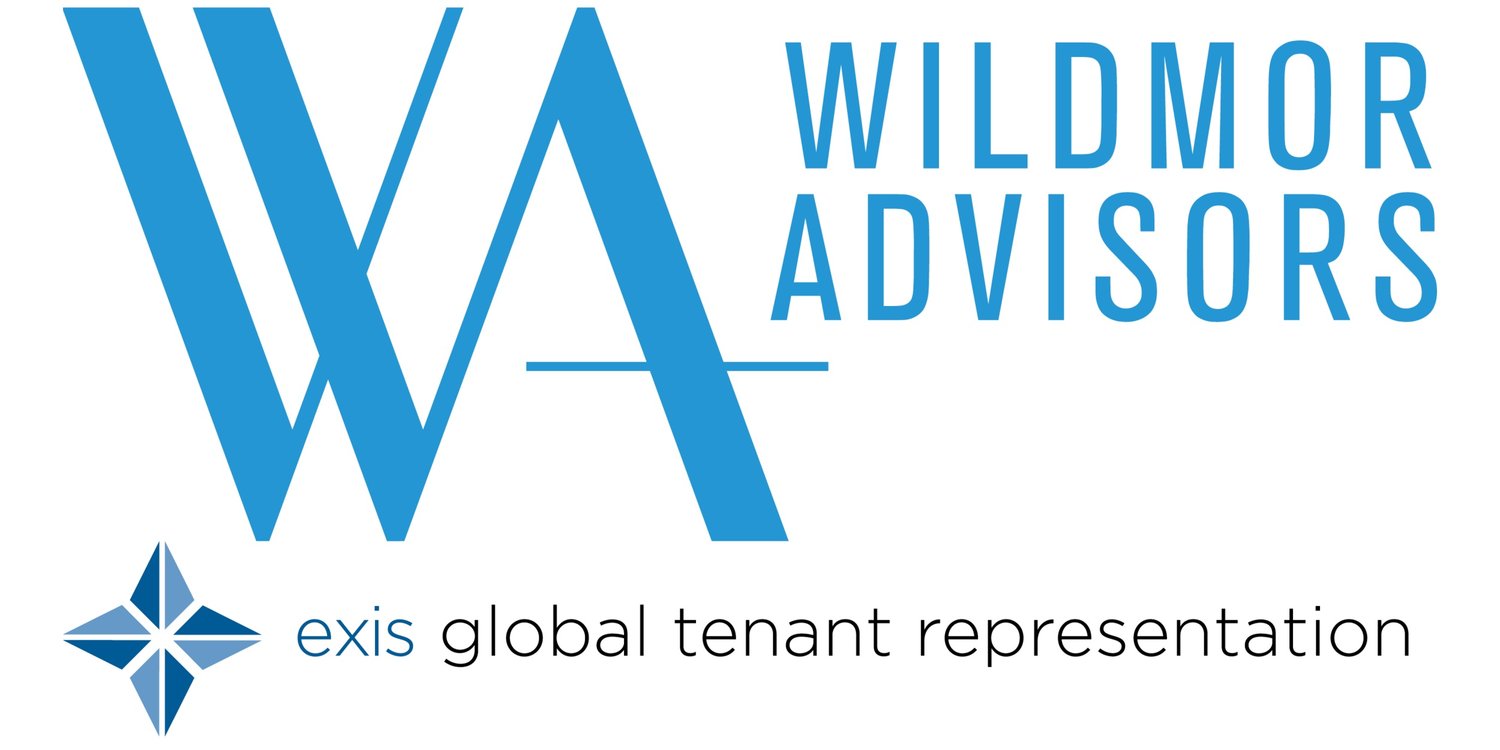Employee experience has emerged as a key strategy for employers to stay competitive with retaining and attracting top talent in the post-pandemic world. 94% of employers say they are going to prioritize enhancements to the employee experience over the next three years. This comes as no surprise as research has found that companies with an engaged workforce are 21% more profitable. And, employee disengagement costs the U.S. economy $450-$550 Billion every year.
The employee experience begins from the very first interaction an employee has with a company, often during the interview process. According to Jacob Morgan, researcher, and author, the employee experience is based on three factors: the physical environment, technology, and culture.
In today’s distributed workplace, business leaders are finding it difficult to keep employees engaged as company culture is tested and employee’s needs for a physical work environment shift. While the office still plays a major role in employee experience, business leaders need to re-evaluate its purpose. Knowing what your employees need and expect from their office is key in finding and designing an optimal workplace.
What do business leaders need to know about their employees to find and design the optimal workplace?
The expected amenities
Do your employees expect an on-site gym, dog-friendly campus, cafeteria, or child care center? Amenities are a large part of an employee’s workplace experience and knowing the difference between the must-haves and the nice-to-haves will help narrow down your options and keep your office search on track and employee experience top of mind.
Creating a supportive environment
Employees need to feel engaged and supported in their work environment. Knowing what kind of space your employees need to feel supported is key to space design and optimization. Do your employees need quiet space, collaborative space, or frequent interaction space? In hybrid work models, for example, work might happen at home, but the physical office space needs to be designed to support collaboration and interaction.
Empowered Workplace
Once employees' workplace needs and preferences are known, the physical office space design can be tailored to them. By providing employees with the resources they need to do their work well you’re creating a more empowered workplace with a better employee experience.
At Wildmor Advisors, we believe in people-centric workplaces and are here to help you find and implement a workplace that optimizes your employee’s experience.





